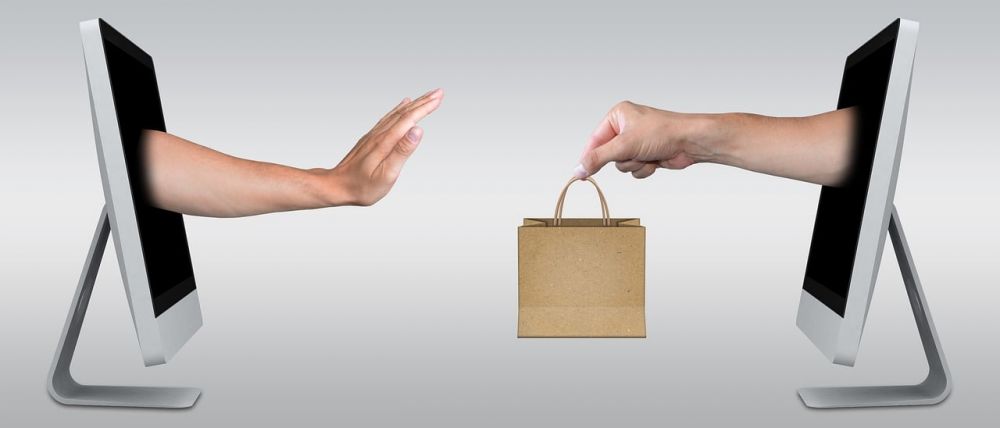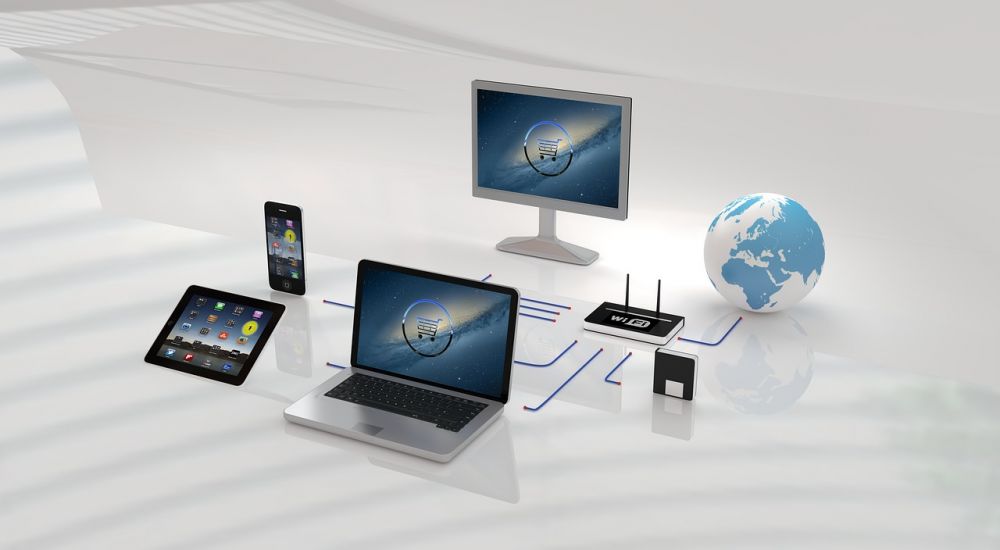Transport plays a crucial role in our daily lives, enabling the movement of people, goods, and services from one place to another

Whether it is commuting to work, delivering goods, or going on a vacation, transportation is a fundamental part of modern society. In this article, we will explore the various aspects of transport, its historical development, and its significance in today’s world.
HISTORY OF TRANSPORTATION:
Transportation has a long and fascinating history, dating back thousands of years. In ancient times, humans primarily relied on walking and domesticated animals for transporting themselves and their belongings. The invention of the wheel around 3500 BC revolutionized transportation, allowing for the development of carts and chariots.
As civilizations grew and trade expanded, water transportation became a prominent mode of transport. Ancient Egyptians used the Nile River for moving goods, while the Phoenicians were known for their mastery of seafaring. The invention of the compass in the 11th century greatly facilitated long-distance maritime journeys.
With the Industrial Revolution in the 18th century, transportation underwent a significant transformation. The steam engine, invented by James Watt, led to the development of steam-powered locomotives and ships. Railways emerged as a pivotal mode of transport, revolutionizing trade and enabling people to travel faster and over longer distances.
The 20th century witnessed further transportation advancements, with the advent of automobiles and airplanes. The Ford Model T, introduced in 1908, made cars more affordable and accessible to the general public. Air travel, once a luxury, became increasingly popular, connecting people to far-flung destinations in record time.
MODERN-DAY TRANSPORTATION:

Today, transport encompasses a wide range of modes, including road, rail, air, and water. Each mode has its unique characteristics, advantages, and challenges.
Road transportation remains the most common mode for personal travel and freight movement. This includes cars, trucks, buses, and motorcycles. Roads provide flexibility and accessibility, allowing people to travel to their desired destinations with convenience. However, congestion, environmental impact, and maintenance costs are some of the challenges associated with road transportation.
Rail transportation offers an efficient, cost-effective, and environmentally friendly way of moving goods and passengers over long distances. High-speed trains have reduced travel times between major cities, making rail travel competitive with air transportation. Furthermore, rail systems are vital for transporting bulk commodities, such as coal and iron ore.
Air transportation has revolutionized global travel, connecting people across continents in a matter of hours. The aviation industry has witnessed remarkable growth, with increasing affordability and accessibility. Airports act as major economic hubs, stimulating tourism and international trade. However, environmental concerns, such as carbon emissions and noise pollution, pose challenges for the sustainable development of air transport.
Water transportation remains crucial for global trade, with ships carrying the majority of international cargo. Ports serve as vital nodes in the supply chain, facilitating the movement of goods between land and sea. Additionally, river transport plays a significant role in connecting inland regions and providing an alternative to congested roads.
THE FUTURE OF TRANSPORTATION:
As technology continues to advance, transportation is undergoing rapid changes to meet evolving needs. The rise of electric vehicles is driving a shift towards cleaner and more sustainable modes of transport. Electric cars and buses are becoming increasingly popular, reducing emissions and dependence on fossil fuels.
Furthermore, autonomous vehicles are poised to revolutionize transportation in the coming years. Self-driving cars have the potential to enhance road safety, reduce traffic congestion, and improve energy efficiency. However, their widespread adoption requires addressing regulatory and ethical challenges.
Another area of innovation is the development of hyperloop systems and maglev trains. Hyperloop, envisioned by Elon Musk, promises to transport passengers at high speeds using low-pressure tubes. Maglev trains, which use magnetic levitation to eliminate friction, can reach speeds of several hundred kilometers per hour.
In conclusion, transportation plays a crucial role in connecting people and facilitating economic development. From ancient times to the present day, transportation has evolved, driven by technological advancements and changing societal needs. The future holds exciting possibilities, including cleaner, more efficient modes of transport and groundbreaking innovations that will reshape the way we travel. Whether it is by road, rail, air, or water, transportation continues to shape our world, connecting individuals and businesses across the globe.





